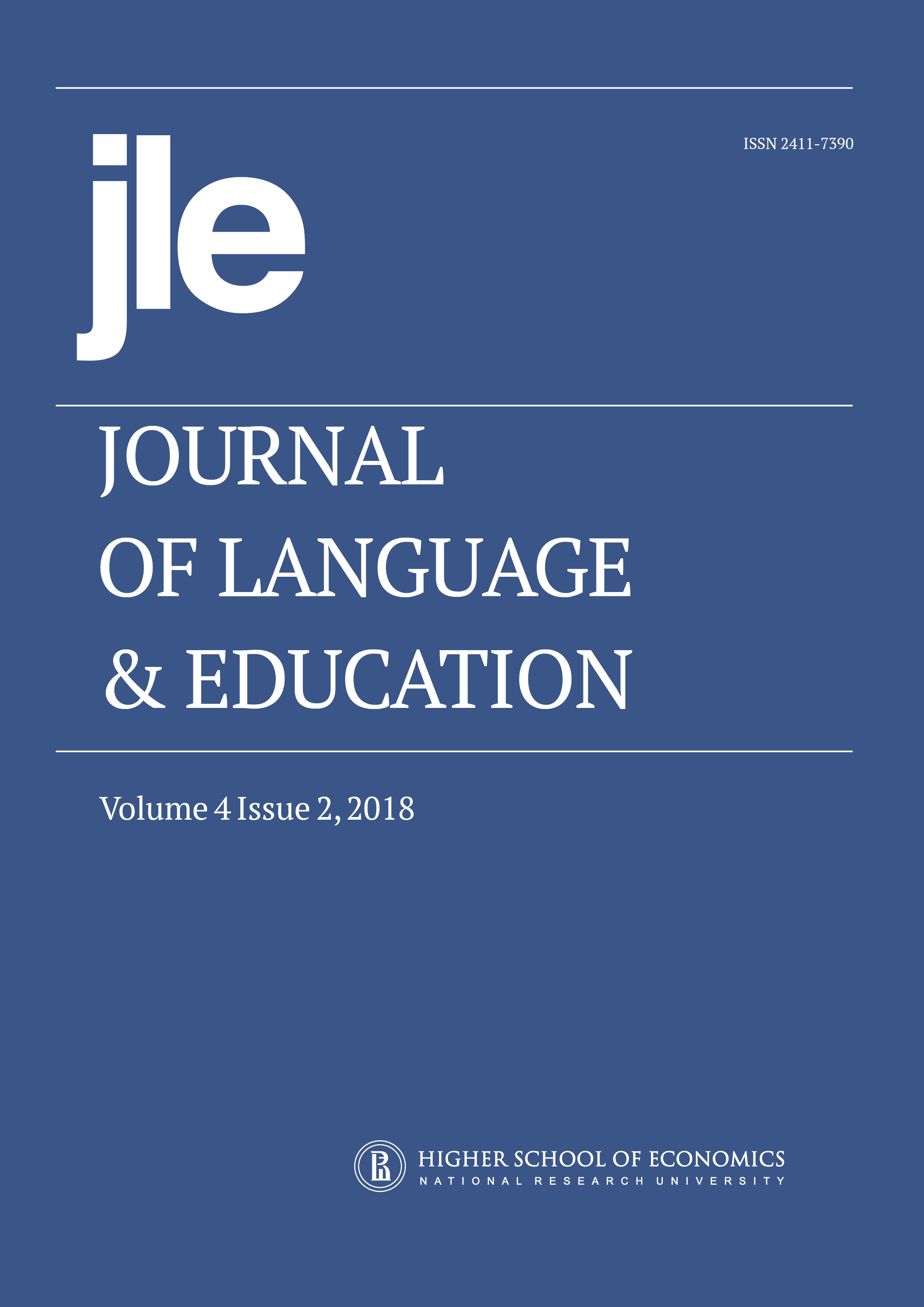Bulgarian University Students’ Learning Style Preferences in ESL Classrooms
Abstract
Students’ attitudes towards learning and the perception and beliefs behind them may have a profound influence on learning behaviour and learning outcomes. Teachers’ awareness of such needs and preferences will result in more realistic and useful teaching strategies which, in turn, will have a facilitative effect on the learning process. Thus, learners should be given opportunities to express their own language learning preferences, especially in reference to the definition of objectives in general and awareness of strategies for learning. Moved with the conviction that learners and their preferences are of crucial importance in the development of learner autonomy, 74 students in Blagoevgrad, Bulgaria, were asked about their perceptions and preferences on ESL classroom activities. The results showed that learners were not always able to clearly define their preferences. This may be due to the fact that learning a foreign language is a culturally and psychologically different process than learning any other subject via the individual’s first language. Thus, educators have the additional responsibility to help learners to find their learning strengths, and by cognitive training help students to expand their learning style preferences. Also, implications from this study clearly display that teacher training programmes should seriously examine and implement innovative ways of teaching English considering students’ identity, character, and limitations.
Downloads
Authors who publish with this journal agree to the Copyright Notice.



